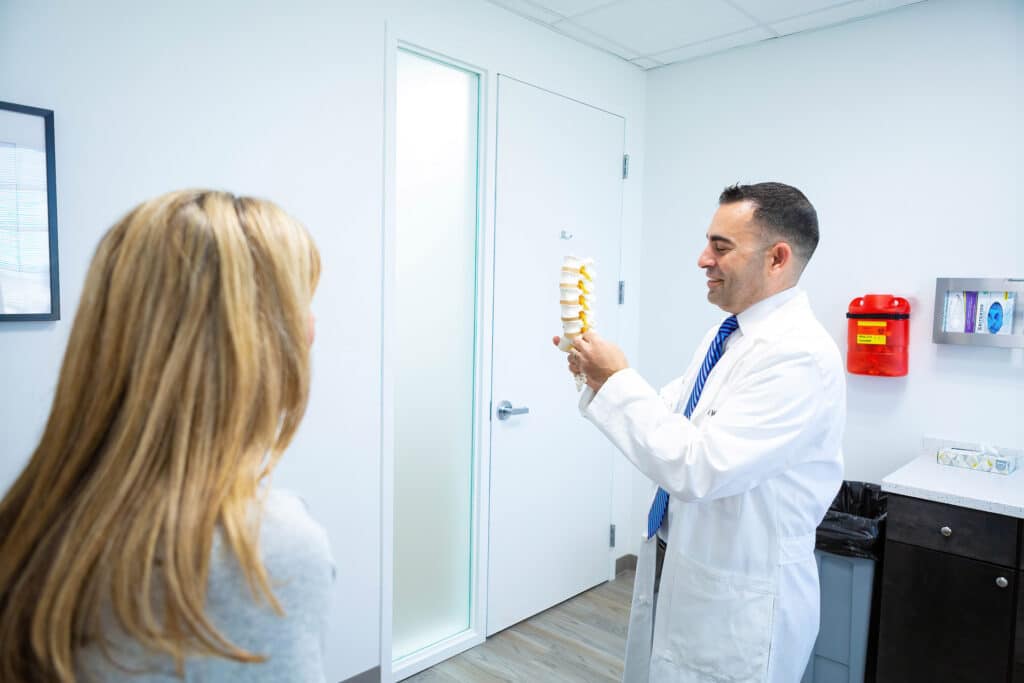
Physician Assistants
Physical & Occupational Therapists
KneeMRI ScansNon-OperativePhysiatry
Physical Therapy
Podiatry
Spine
Sports Medicine
TraumaUrgent Care
X-Ray Imaging

Benign or malignant growth anomalies in bone tissue are known as bone lesions. A bone lesion is any event that replaces healthy bone with abnormal bone or tissue. The anomaly will fall somewhere along a spectrum, ranging from tissue that closely resembles normal bone and is not cause for concern to that which is virtually unrecognizable as bone and necessitating further study. A lesion's classification as benign or malignant is a major distinction.
Benign lesions develop in a bone and may grow locally without spreading to other organs.
Malignant growths are generally referred to as cancer. These are tracts that may develop and mature in the bone, but have the potential to spread to other areas of the body and continue to grow. This most frequently happens in the lungs with bone cancers, where expansion can cause breathing difficulties and ultimately lead to death.
Cancers that originate in other parts of the body may travel (metastasize) into bone tissue in some circumstances. A metastatic lesion is a example of this.
A bone tumor is defined as a lesion in the body that has cells that divide and proliferate at an increased rate than normal to produce a mass in the bone. The word "tumor" does not imply whether an abnormal growth is harmful (cancerous) or safe, since both benign and malignant tumors can develop in the bone. The most common types of bone tumors include:



Bone cancer is caused by abnormalities in a person's DNA. These changes may be hereditary, spontaneous, or induced by external factors. Bone cancer affects everyone, although several subtypes are more common in youngsters and teenagers, while chondrosarcoma is more prevalent in adults.
X-rays are the most frequent imaging method used to examine bone injuries, but they can also be viewed on CT and MRI scans. A biopsy is performed in order to identify any diseased tissue. Imaging can sometimes aid in determining a diagnosis, and it may sometimes cement a certain diagnosis. However, many tumors have similar appearances, and no diagnosis may be made right away.
A biopsy is taken to obtain a more precise diagnosis and determine the course of treatment for any lesions that appear to be cancerous or are causing bone damage. Biopsies are often not required for lesions that do not appear cancerous or destructive. Instead, multiple pictures taken at various times can be compared for changes.
While most benign lesions are stable in the bone and don't need to be treated, some can become locally aggressive. When this happens, surgical intervention can be necessary to stop the growth and avoid additional harm.
Malignant tumors always need to be treated. Malignant tumors are usually surgically removed, although they may also require other forms of therapy, such as chemotherapy or radiation treatment.

© 2023 Princeton Orthopaedic Associates. The contents of princetonorthopaedic.com are licensed under a Creative Commons Attribution-NonCommercial 4.0 International License. Copying without permission is strictly forbidden.